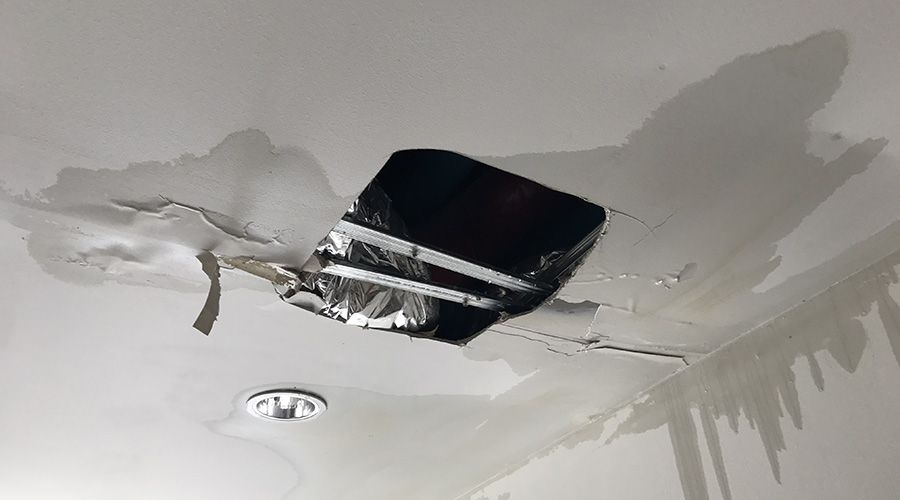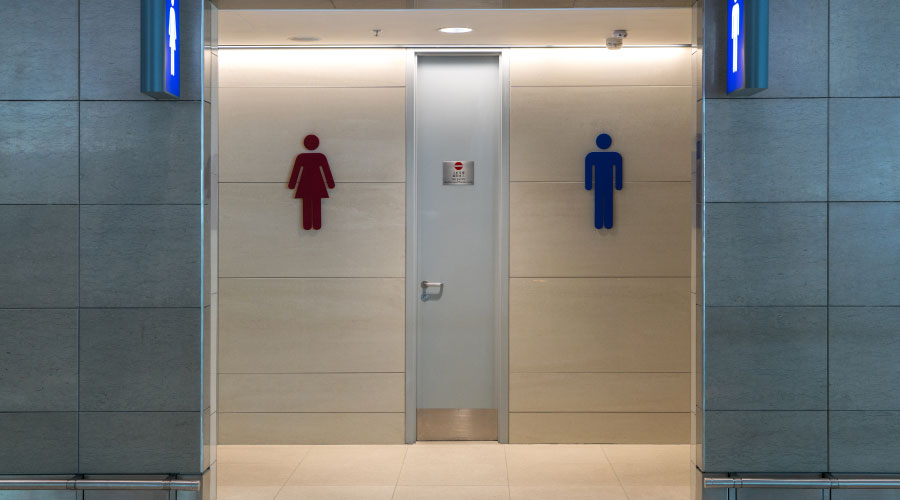Safety First: Ensuring Effective Drain Cleaning
Maintenance and engineering departments have come to rely on drain-cleaning equipment to ensure plumbing and piping systems in institutional and commercial facilities remain free of blockages and operate efficiently.
By implementing a comprehensive inspection and maintenance program emphasizing the importance of equipment safety, and by providing targeted training for front-line technicians, managers can deliver safe and productive drain-cleaning service to facilities.
An Eye On Inspection
Proper inspection and maintenance of drain-cleaning equipment needs to occur at three stages: job preparation; equipment use at the work site; and cleanup and storage after the job.
The first step for equipment users is to inventory drain-cleaning equipment, accessories and operating manuals. From this list, technicians can identify specific inspection and maintenance tasks for each item. The manuals provide key maintenance information specific to each item. If no manuals exist, managers can contact the vendor or through a web search using the equipment's make and model.
The inventory process for drain-cleaning equipment should include snakes, closet augers, drill-operated cable rooters, powered rodders, high-pressure electric water jets, and heavy-duty electric cable rooters for large-diameter sewers. Special-purpose attachments can include: spear heads for starting water flow in a blocked drain; hook augers or retrieval tools to retrieve loose objects or broken cable; U-cutters for cutting and scraping solids; circular saw blades for cutting roots and stoppages; and coupling wrenches and keys for attaching cable segments and end tools.
The inventory also can include video-inspection equipment, such as video cable-mounted cameras, transmitters, cable reels, push cables, video monitors, video recorders, and PCs to download images for storage and transmission to remote sites. Technicians also should inspect the equipment before taking it to the job site to make sure it operates properly, has no broken or worn components, all safety features work as intended, and batteries are fully charged. Referring to operation and maintenance manuals during this inspection ensures that technicians complete all steps in the process. Managers also can prepare a checklist to ensure technicians complete each task.
The next step relates to inspection and maintenance during the use of drain-cleaning equipment. Technicians should check the power-rooter cable for bends and kinks. As it is rewound on the drum or retracted into the canister, it is cleaned, wiped dry, and lubricated with light oil to prevent rust buildup or corrosion during storage from caustic cleaners.
When technicians return rodders after use, they should check for bent or broken parts, look for frayed electric cords or bad switches, and perform needed repairs. In addition, the technician should perform preventive maintenance according to recommended frequency. This process includes: lubricating moving parts; cleaning, drying, and applying rust inhibitor to cables; cleaning and greasing clutch jaws; checking and adjusting clutch-jaw end play; and checking and adjusting or changing worn V-belts.
The third step relates to maintenance after technicians have finished using drain-cleaning equipment. Technicians should store the equipment in a dry place protected from the elements because moisture on windings during storage can cause motor burnout. Power tools stored in cold weather should be run without load until they are warm to prevent seized bearings resulting from hardened grease.
Related Topics:













